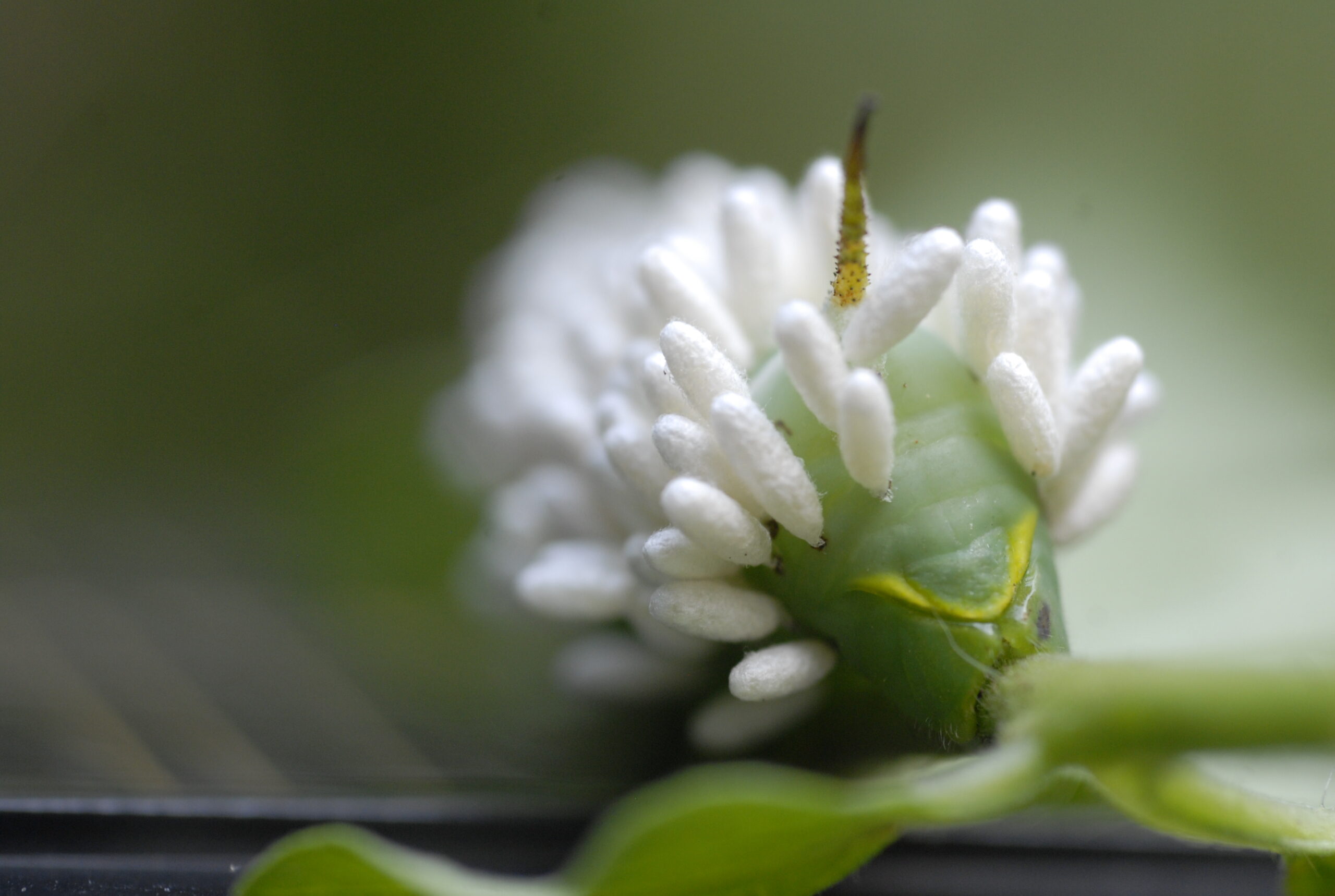
Gardening Green with Doug
Proud to be an Environmentalist, Earth Day and Every Day
By Doug Oster
April 21, 2022
I was 10 years old on the first Earth Day in 1970.
There was an assembly at the high school where students carried black coffins labeled “clean water,” “beautiful land” along with other environmental messages through the parking lot.
I grew up about 40 miles from Cleveland where the Cuyahoga River famously caught fire. We were all worried about the future of the planet and Earth Day was something that our teachers, especially those focused on science-supported wholeheartedly.
There was, sort of, an 'us against them' mentality — but not in school. Just about everyone felt the same, something had to be done. The environmental movement went mainstream that day.
Things are a little different today. I sat at a wedding reception a few years ago, listening to someone rail about regulations for polluters and then as he looked across the table, stopped and added, “Oh, I forgot we’re sitting with an environmentalist.” The last word dripped with disgust, the way someone might say something cruel like “degenerate gambler,” under their breath.
Today, it is us against them when it comes to the environment, and we can make a difference.
For me, it feels great to teach gardeners the importance of organic growing and about creating balance in the garden. It’s not hard. In fact, it’s pretty simple.
I’m surrounded with like-minded people, who are doing their part to create landscapes that are nature friendly, where a natural balance is attained.
For us, every day is Earth Day.
We don’t use chemicals in our gardens. There’s just no reason to add them. Every problem can be solved organically.
Without chemicals the good bugs feed on the bad bugs, the birds can feast on cabbage worms and other pests safely and our pollinators can help us with more beautiful flowers and a better harvest of vegetables.
One great example of nature’s balance occurs with tomato hornworms. These large green caterpillars can defoliate a plant in a matter of days and even feed on the tomatoes themselves.
When these pests are discovered in the garden and covered with rice-like cocoons, they are left alone, as they have stopped feeding. Those white cocoons contain parasitic wasps which are using the caterpillar as a host and will devour it from the inside out. Not the prettiest of descriptions, but by leaving the hornworm alone, we’re perpetuating the tiny parasitic wasp to guard our precious tomatoes.
As I write often in this column, improving the soil with organic matter like compost is critical in growing healthy plants. It can be found in bags, by the truckload and you can make your own. Here’s a tutorial from an earlier Green Voice column.
What You Can Do
One thing gardeners are focusing on is helping struggling pollinators. Not only honeybees, but native insects too are in decline. By keeping the garden pesticide and chemical-free, they are also safe to do their work.
There are places in the world where pollinators have been wiped out due to the overuse of chemicals. Fruit trees and other crops need to be hand-pollinated, which takes a huge labor force and countless hours.
When we help pollinators, they help us garden.
There are lots of plants that attract pollinators and other beneficial insects. One of my favorites is the Mexican sunflower (tithonia). It can be found as a plant at nurseries or the seeds can be sowed directly in the soil. ‘Torch’ is one of the most popular varieties. It grows anywhere from six to 16 feet tall and is covered with three-inch orange flowers. The plant prefers full sun, but will bloom in part shade. In that site, the plant would benefit from staking to keep it upright.
Tithonia doesn’t need much from the gardener, it’s pretty much maintenance-free.
The blooms will bring in butterflies, bees, hummingbirds and more good bugs.
One note about ‘Torch,’ it was an All-American Selection in 1951. When you see a plant with AAS designation, you know it’s been through blind trials all across the country, when judges find a superior plant, it’s awarded the AAS label. You’ll never go wrong with an AAS winner and since they are vigorous, tough plants, they don’t need as much help from gardeners.
Small flowering herbs like dill, fennel, oregano, thyme and others attract lots of beneficial insects.
Great pollinator plants like zinnias, cosmos, alyssum, lantana, sunflowers, cornflowers and others all are good choices for attracting beneficials.
Back in 1970, a deep-voiced narrator announced during a science class filmstrip, “Water is our most precious resource.” It’s as true today as it was back then.
Collecting Rain Water
One of the best things you can do for the garden is collect water in rain barrels. The Pennsylvania Resources Council can teach you how and participants will receive a rain barrel upon completing the class.
Proper watering techniques will save water and keep your plants healthy. Water in the morning and at the base of the plant. The plants will have what they need to get ready for the day and the leaves will have time to dry out — this is critical for varieties that are susceptible to fungal diseases.
Plants growing out in the garden only need one inch of water a week — for containers it depends on the size of the pot and the weather.
Water deeply to encourage roots to reach down, when things get tough, those roots will find what they need from below.
It’s a great feeling all these years later to grow organically, spread the word about how it’s done and see so many gardeners making such a difference for generations to come.
I’ve never been more proud of being called an environmentalist because every day truly is Earth Day.
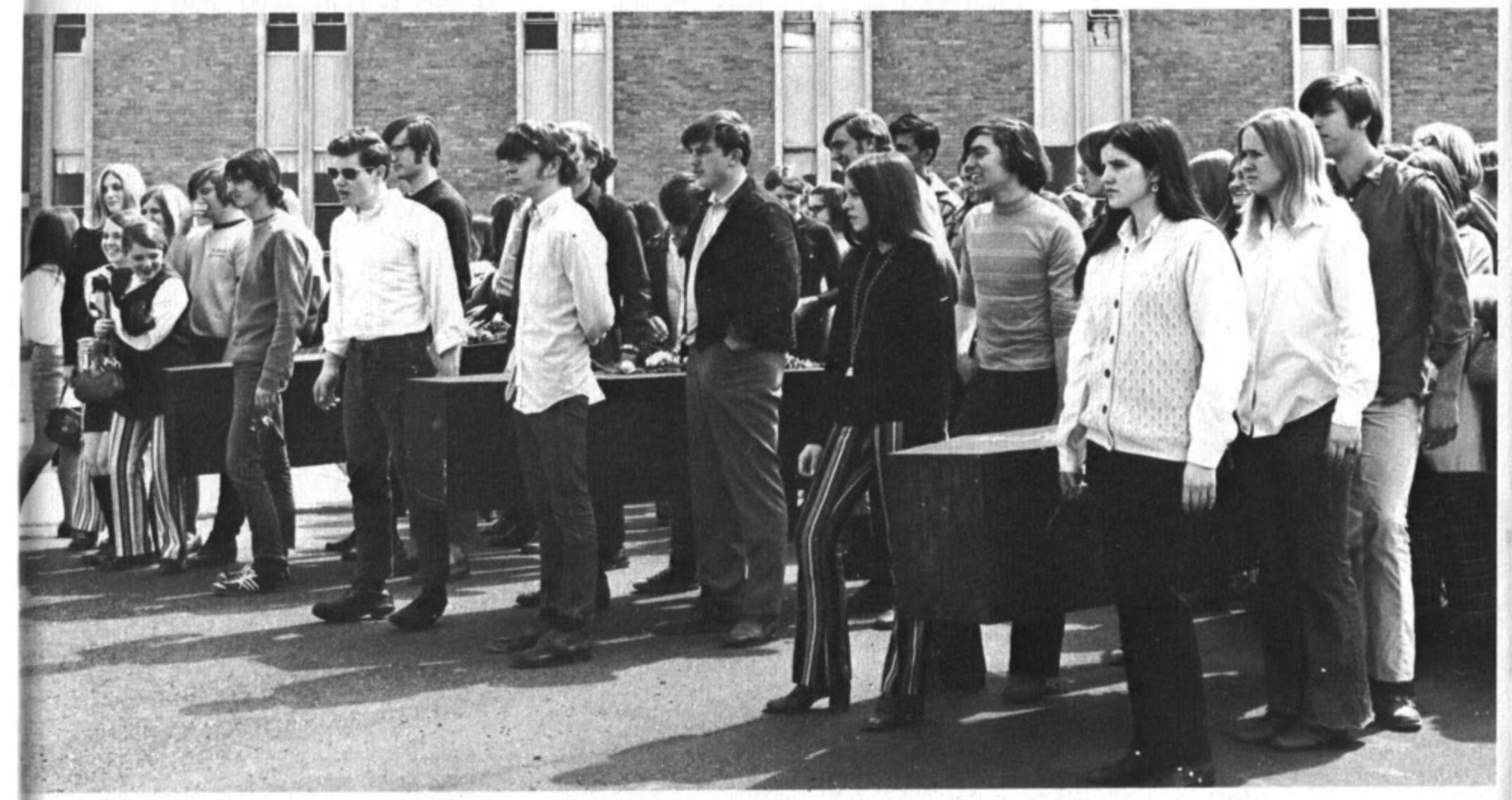
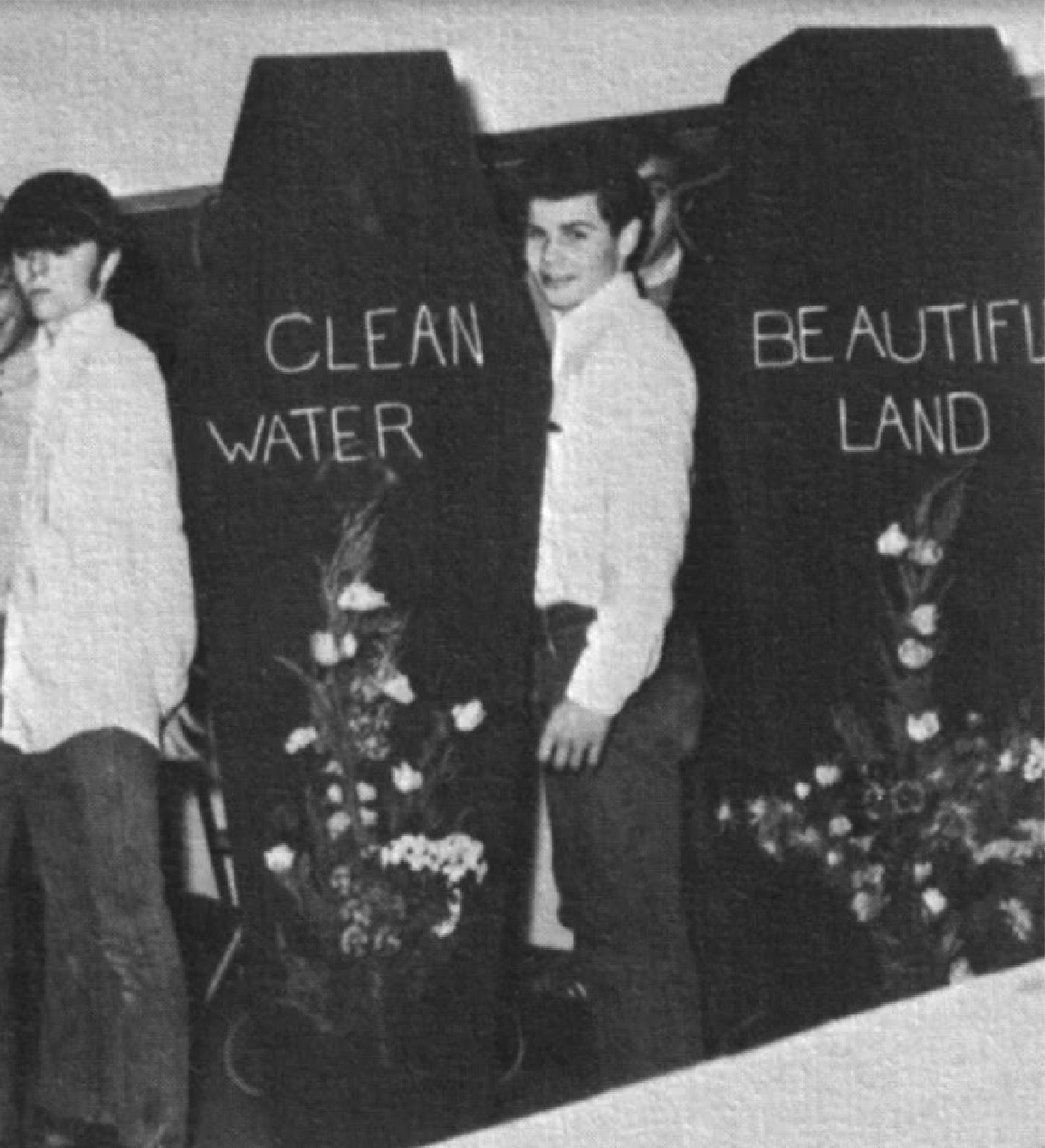
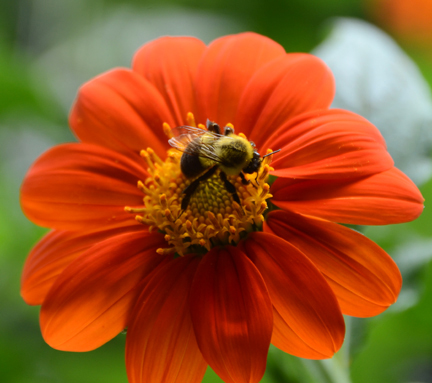
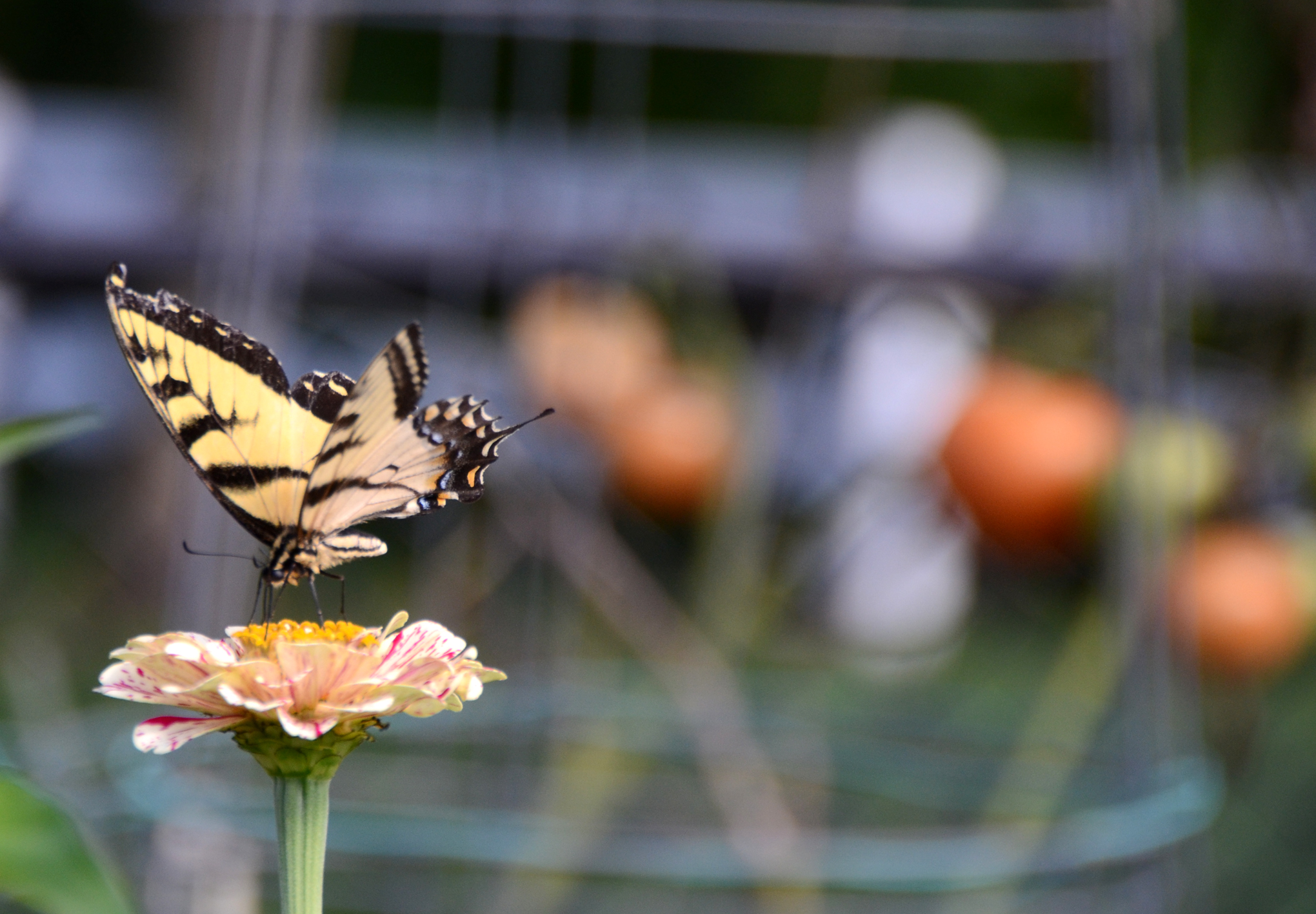
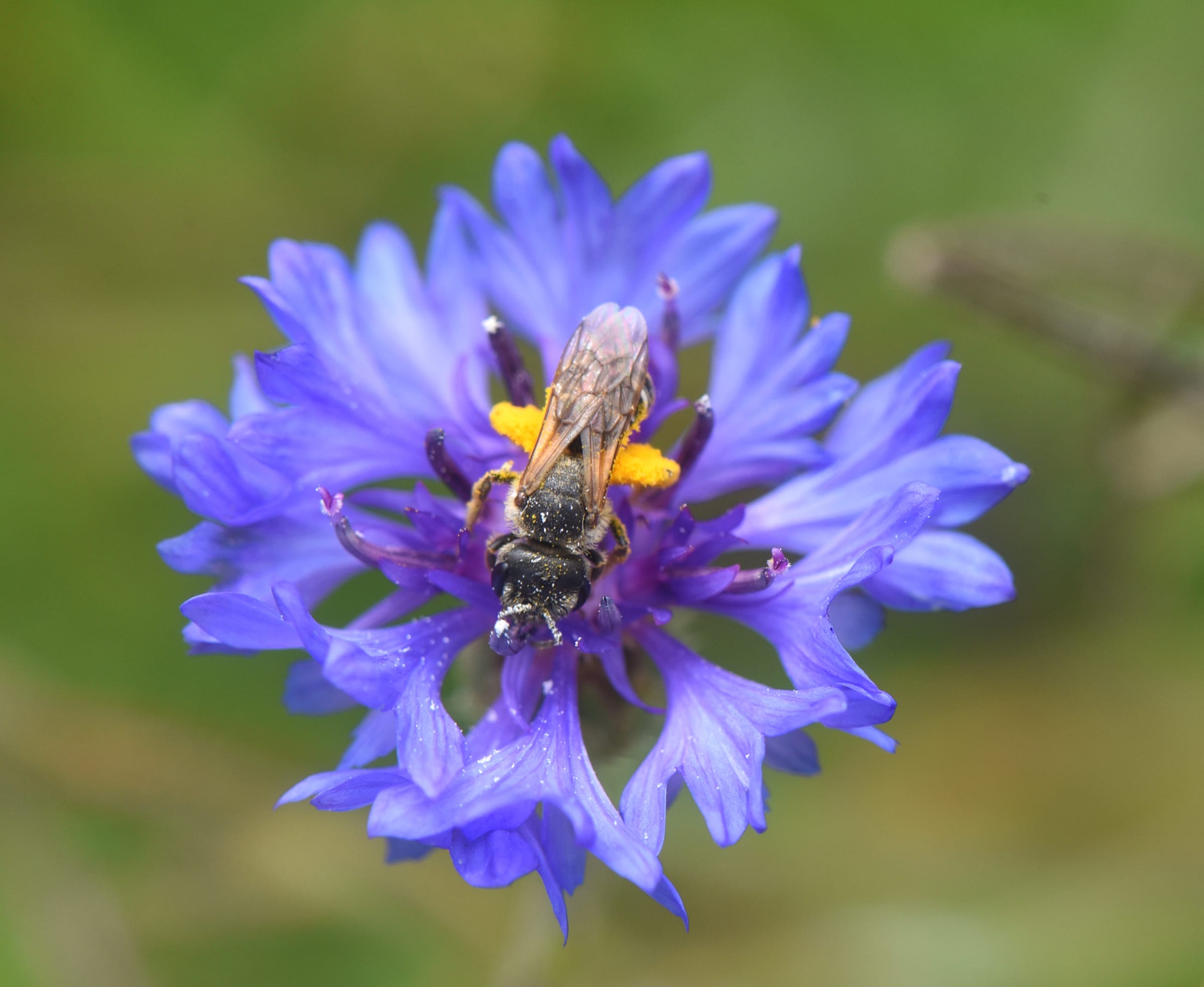
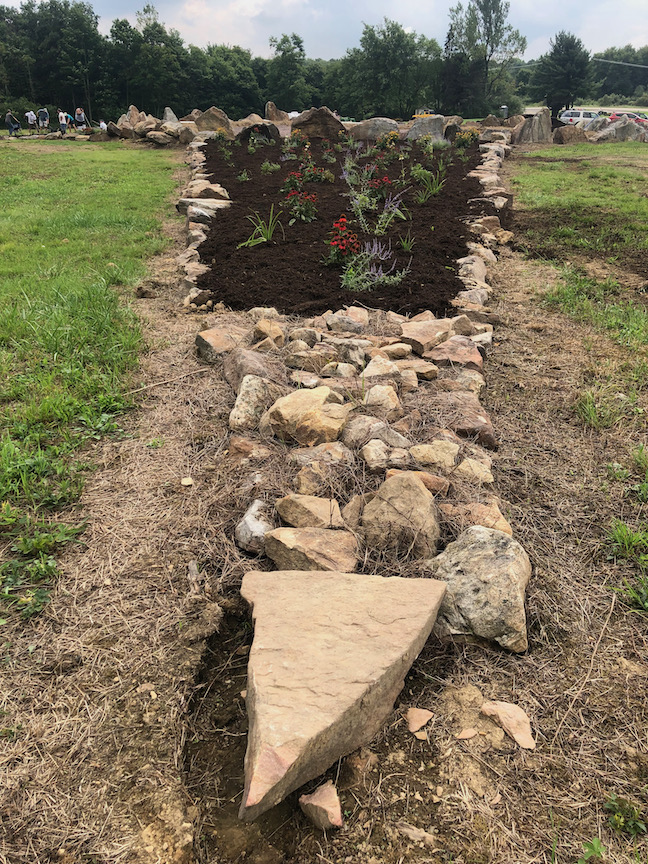
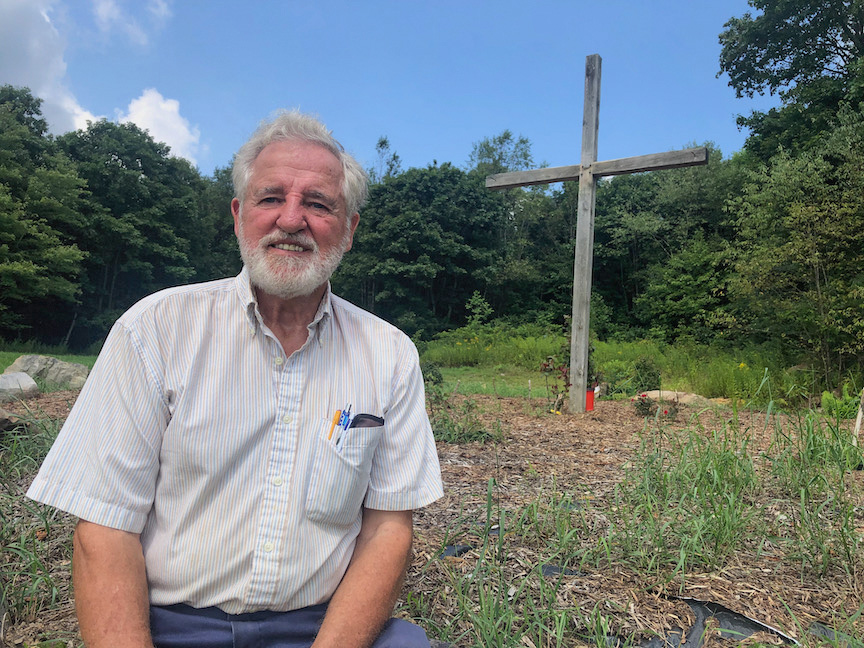
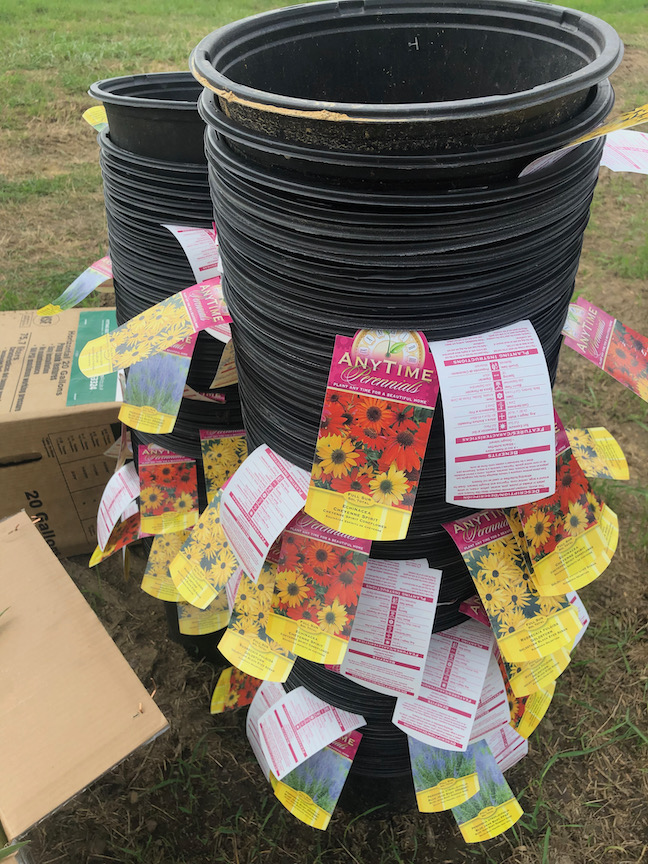
New York Botanical Garden Curator Stephen Scanniello will appear at the Remember Me Rose Garden for Breakfast, Volunteer Event and Rose Care MasterClass in Stoystown, Pa. on Saturday, April 30, 2022. Event is free.The garden is a living memorial to the victims of United Flight 93.Scannieolla will hold a Rose Care MasterClass at 9:30 a.m. that day.He is a world-renowned rosarian, gardener and author who is curator of the Peggy Rockefeller Rose Garden at the New York Botanical Garden.
Scanniello will lead a breakfast meeting and presentation at Camp Allegheny, 100 Camp Allegheny Drive, Stoystown, Pa, to discuss roses, their unique qualities, and their care.
Then attendees and volunteers will visit the Remember Me Rose Garden, 6488 Lincoln Hwy., Stoystown, Pa., for a hands-on experience focused on rose care and pruning to prepare the garden for the blooming season and spring and summer tourist visits.
Registration is encouraged and can be completed here.
While the Flight 93 National Memorial was erected at the crash site, a quarter-mile east is the site of the Remember Me Rose Garden. The 13-acre site was donated by the Families of the Heroes of Flight 93 in 2009 for the construction of the Remember Me Rose Garden, seeding the creation of a living memorial in memory of their loved ones.
The event will help honor the first official spring blooming season for the garden since it was officially inaugurated in summer 2021, which saw the completion of phase one efforts, featuring a large compass design spanning 280 feet and a 30-foot center fountain. Encircling the fountain are 40 rocks, each engraved with the names of the Flight 93 heroes. Looking over the memorial is a 16-foot-tall cross that was relocated from the Flight 93 National Memorial.
Encircling the Garden is a respite path blazed by the late Ryan Cenk, who purchased teakwood benches and platforms for the half-mile, tree-lined walkway for his Eagle Scout project in 2011.
Clay Mankamyer, was a first responder to the crash and is president of the garden. He’s worked on the garden for years with his team and proudly welcomes visitors to the garden. “Because of the numerous volunteers who have amassed hundreds of hours to plan, build and maintain the Remember Me Rose Garden, he says, it is now poised to become a significant tourist destination for the Commonwealth. Because of its unique significance as a living tribute to the Flight 93 heroes, the Garden offers visitors an experience of respite, love and faith.”
More than 325 pink ‘Julie Andrews’ rose bushes and hundreds of perennials fill the inner circle and four compass points oriented north, south, east and west. Each point is 93 feet in length as an additional tribute to Flight 93. The compass design is visible to planes flying overhead at more than 30,000 feet. The Julie Andrews rose bushes (named for the famous actress and singer) were selected as the “Most Beautiful Rose of the Century” at the International New Rose Competition in Lyon, France.
Read more about the genesis of the garden and Mankamyer’s story in this earlier Green Voice column.

Leave A Comment